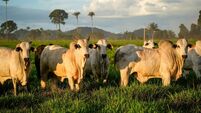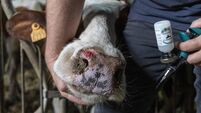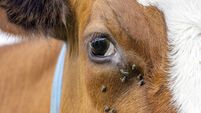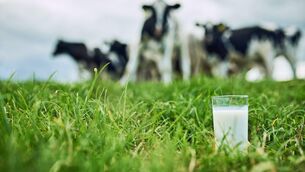Teagasc expects 10% less sucklers in Cork East
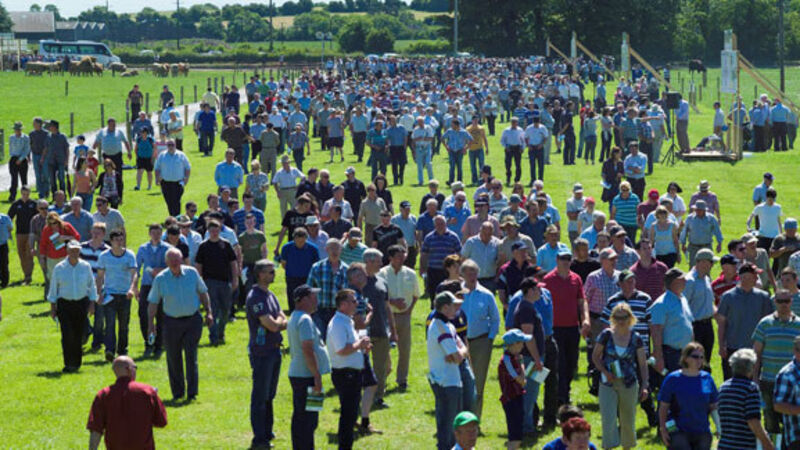
Similar plans are being launched for all 12 Teagasc regions throughout the country.
The plans set out the goals, priorities and strategic actions for the public funded advisory service, against the background of mass expansion in dairy farming and cut backs in Teagasc.
The attendance at the Cork East launch included IFA Deputy President and Teagasc Authority member Tim O’Leary; Sean Sherlock, Minister of State at the Department of Foreign Affairs and Trade; and Teagasc Head of Advisory Services Dermot McCarthy.
Teagasc Regional Manager Gerard MacMahon for Cork East said the region has 7,308 farmers, including 3,580 Teagasc clients.
The region has 30% dairy farmers, and 40% involved in cattle production, plus 600 tillage farmers.
The average farm size in Cork East is 34 hectares, which is slightly above the national average of 32.7ha. Almost 20% of farmers have more than 50ha. Some of the largest, most intensive and productive dairy and tillage farms in the country are located in Cork East.
The plan was prepared in consultation with staff and a range of stakeholders, and represents our response to the opportunities and challenges facing farming in the region over the next five years.
Our main objectives are to deliver a top quality advisory service to farmers, improve the competitiveness of farming, support sustainable farming, encourage diversification in the rural economy, and enhance the quality of life in rural areas.
Following consultation with our stakeholders, we anticipate an increase in the order of 60% in milk supplies in this region over the next five years.
The main challenges here are price volatility, managing cash flow during an expansion, and growing extra grass to support high stocking rates.
Labour availability and workload issues will also need to be managed. Teagasc will provide technical advice on growing more grass, improving soil fertility and sustainable stocking rates.
The focus is on developing simple and sustainable dairy units in the region.
Challenges facing tillage farmers include competition from dairy farmers for land, overall profitability, grain price volatility, land security, pesticide resistance and input price increases.
Beef production is characterised by low profitability and high dependency on EU support payments. The challenge will be to improve profitability by meeting changing market specifications, and by dealing with and complying with regulations. It is expected in the coming years that there will be a 10% reduction in suckler numbers and a 10% increase in dairy calf-to-beef enterprises. And it is estimated that 2% of beef farmers will enter into contract calf rearing for dairy farmers.
Sheep production in Cork East is predominantly early to mid-season lamb production. On a positive note, the produce produced in Cork East is consumed in Cork. Lamb output is marketed to local craft butchers and to Cork’s English Market. Ewe numbers at the moment in Cork East stand at 30,000 ewes. The goals here are to increase production and to drive farm efficiency, to adopt best animal health practice, and to promote the use of star rated rams from Sheep Ireland.
The Teagasc Cork East advisory region has four offices, Fermoy in the Moorepark campus, Midleton, Mallow and Kanturk.
There has been a reduction of 44% in Teagasc frontline adviser numbers from 2008 to 2014. Cork East has gone from 32 advisers in 2008 to 18 in 2014.
This decrease was a result of retirement, termination of contracts, and an embargo on recruitment within the public service. There has also been a long time lag in filling the advisory positions that had become vacant.
We don’t ever want to get to a stage where we have to say ‘No’ to a farmer when he comes to us seeking advice or help.
However, a situation has developed where staff are under immense pressure, and I want to praise them for the willingness and dedication they have shown.
Staffing levels in Teagasc need to be addressed and a solution must be arrived at, sooner rather than later.

